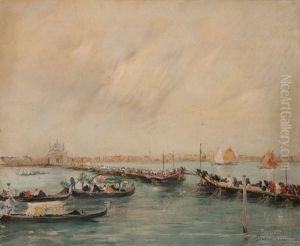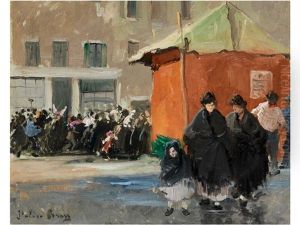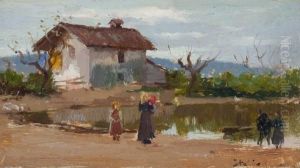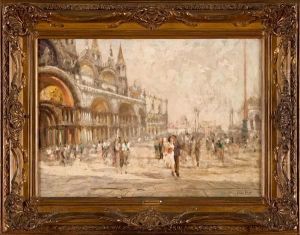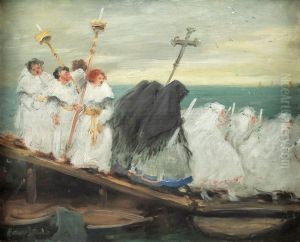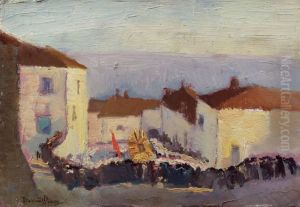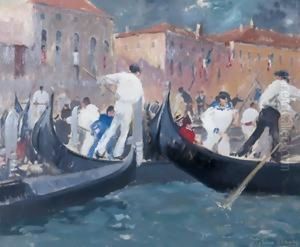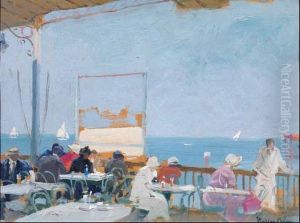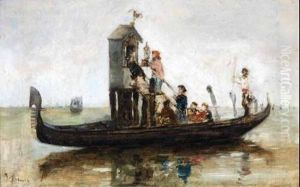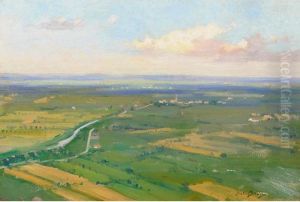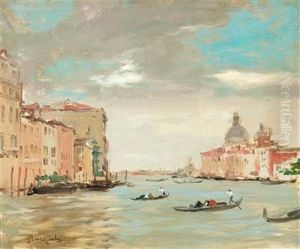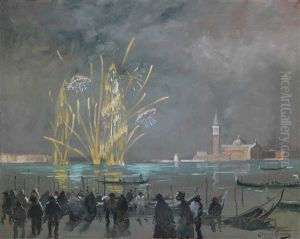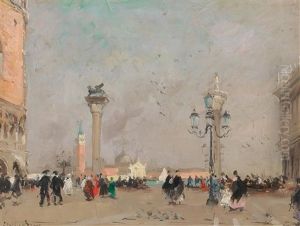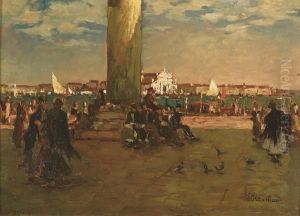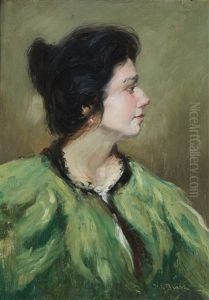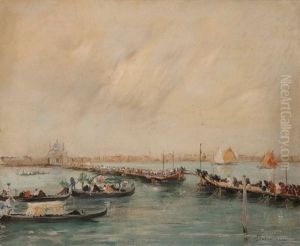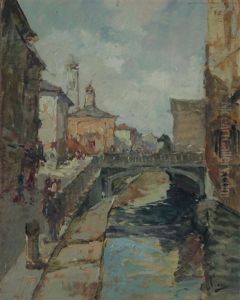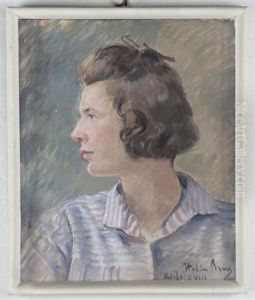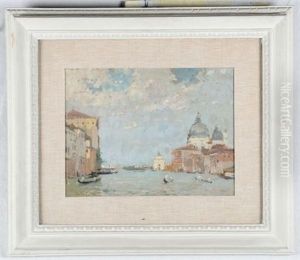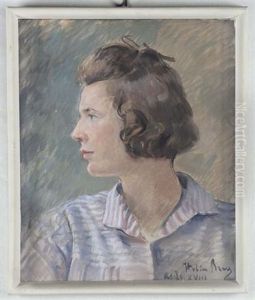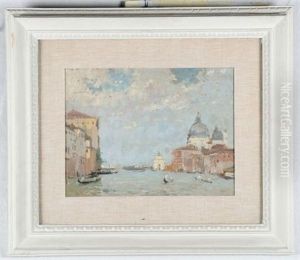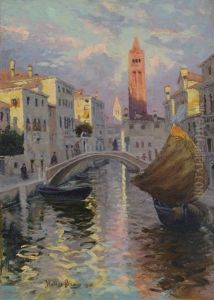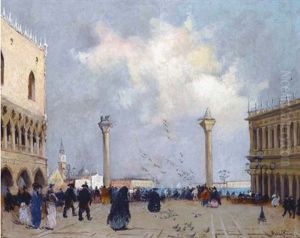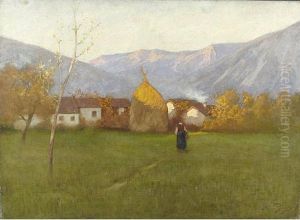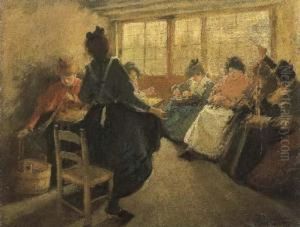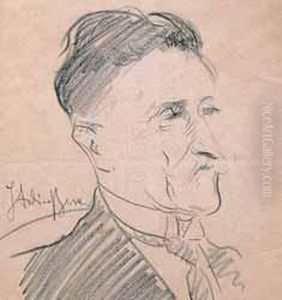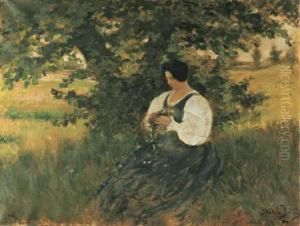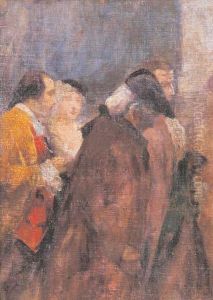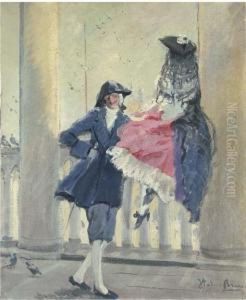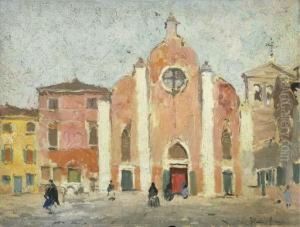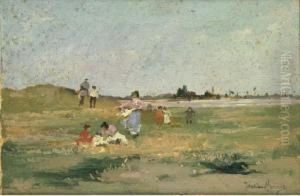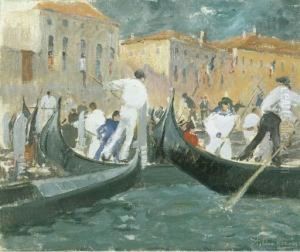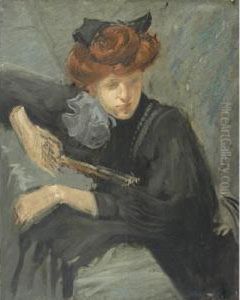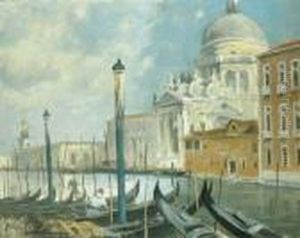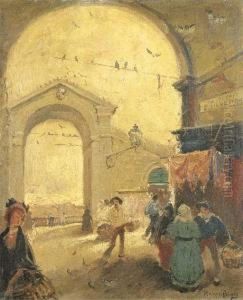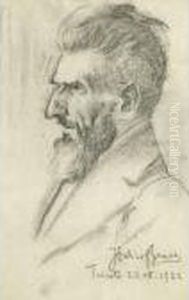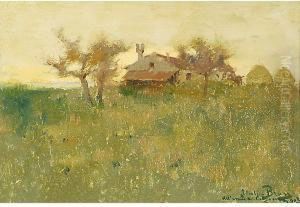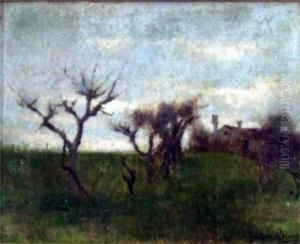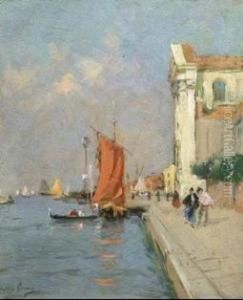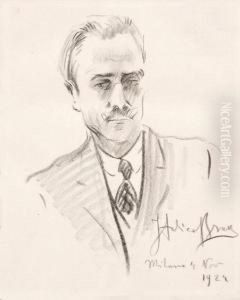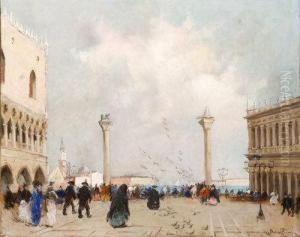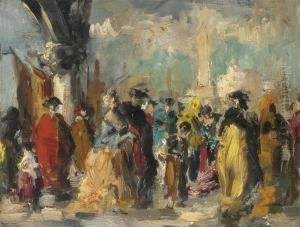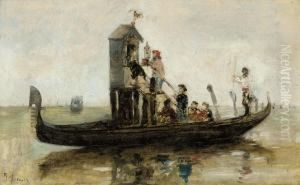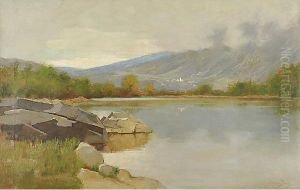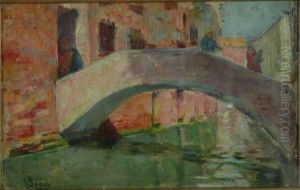Italico Brass Paintings
Italico Brass was an Italian painter, sculptor, and engraver, known for his artistic versatility and for being part of the early 20th-century art scene in Italy. Born on April 15, 1870, in Gorizia, which at the time was part of the Austro-Hungarian Empire and now lies in Italy, he showed an early talent for art. Brass received his initial training at the Academy of Fine Arts in Venice and later continued his studies in Munich and Paris, which were major art hubs in Europe, thus exposing him to a variety of artistic styles and movements.
During his career, Brass experimented with different art forms and techniques, including painting, sculpture, and engraving. He was influenced by the Symbolist movement and Art Nouveau style, which is reflected in his early works. His paintings often depicted allegorical themes, landscapes, and figures with a dreamy, romantic quality. As a sculptor, he created works that ranged from small, intricate pieces to larger public monuments, showcasing his ability to work with different scales and materials.
Brass was also known for his graphic works, particularly his etchings and lithographs. He was a master printmaker, and his prints exhibit a high level of craftsmanship and attention to detail. His engravings often feature landscapes and urban scenes, capturing the essence of the environment with a delicate play of light and shadow.
Throughout his life, Italico Brass was active in the Italian art community. He participated in numerous exhibitions and was a member of various artistic associations. His work received recognition and was collected by art enthusiasts in Italy and abroad. Despite facing the challenges of two World Wars, Brass continued to create art that resonated with the changing times and reflected his personal vision.
Italico Brass passed away on June 10, 1943, in Venice. His legacy includes a rich body of work that contributed to the diverse art landscape of Italy during the late 19th and early 20th centuries. Today, his works can be found in museums, galleries, and private collections, and he is remembered as a significant figure in the history of Italian art.
